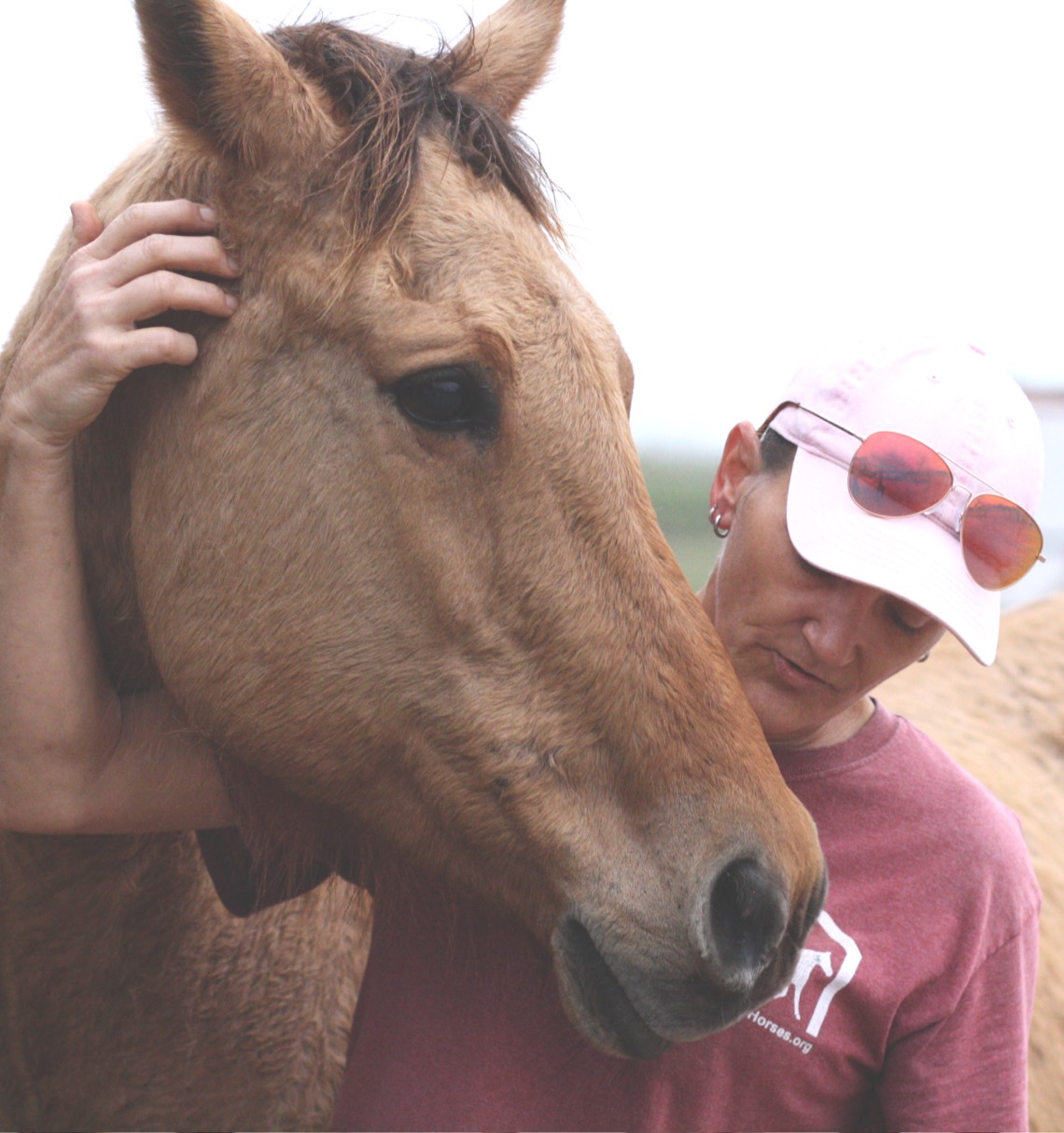Practice of 'soring' horses is strictly regulated, proven not harmful when done correctly
Be sure to comment on this opinion piece by clicking on the Continue Reading link. The writer needs to have how soring is extremely painful and harmful to horses explained to her. Pictures of bloody horses do not seem to do the trick with folks like her. ~ HfH
Imagine before posting the type of letter written by Elizabeth Hansen, that the writer actually looked up facts.
The “heavy chains” on the front legs of the Tennessee walking horse are in all actuality a 6-ounce action device, approved by the U.S. Department of Agriculture after a study at Auburn University that deemed such action devices were not harmful to the horse. In fact, this study has stood the test of time and has been accepted in court. They are comparable in weight to a man’s watch.
The law clearly states that a horses’ shoeing “package,” which is the correct terminology, is highly regulated. The law states that the package cannot be more than 50 percent of the natural hoof. Most walking horses have a natural hoof of 4 inches, which means that the built-up package cannot exceed 2 inches (not 5, as misstated). The overall toe length must exceed the heel length by at least one inch. These criteria have been law since 1989. Again, the Auburn study finds that this is not harmful to the horse. These packages are similar to the ones worn by American Saddlebreds, Morgans, Hackneys, Arabians and various other show horse breeds.
The USDA enforcement of the regulation regarding the condition of the pasterns requires that the pastern area of the Tennessee walking horse be in almost pristine condition, sometimes referred by the USDA as the “Gold Standard.“ A person with any common sense can understand that one cannot have “bloody” ankles from chains and still pass that standard. In 2013, out of 41,547 inspections, only 70 were found to be not up to this standard. The USDA figures state that the overall compliance rate (which includes all areas, not just “soring“) is 96.7 percent.

